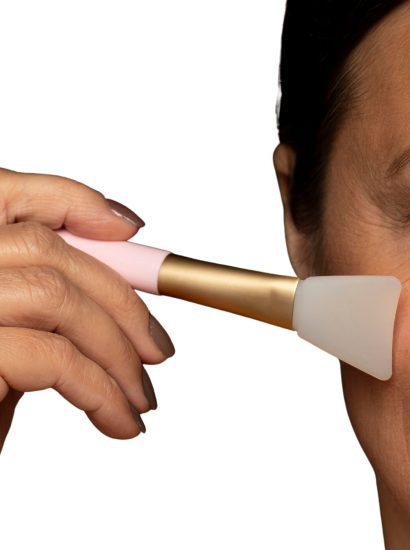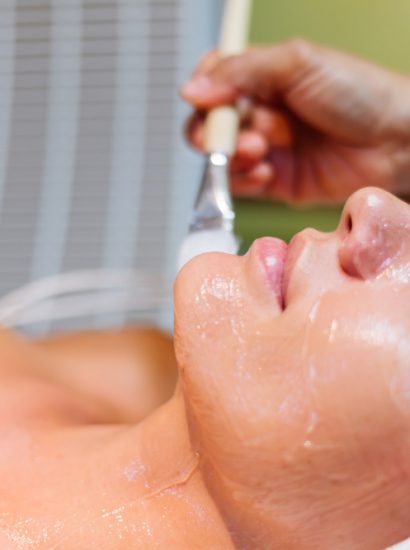Whether you’re rocking a pixie cut or cascading waist-length tresses, Long Hair vs Short Hair maintaining healthy hair is essential. Both long and short hairstyles have their charm—but each also comes with unique care requirements. While long hair may demand more time and effort, short hair requires precision and frequent upkeep. No matter which side of the “long hair vs short hair” debate you’re on, these 9 maintenance tips will help keep your locks strong, shiny, and full of life.
1. Understand the Unique Needs of Your Hair Length
Long and short hair differ not just in appearance but also in the type of care they require . Long hair is more prone to split ends, tangles, and dryness due to its age and exposure. It often needs deep conditioning, gentle handling, and protective styling. Short hair, on the other hand, may not tangle easily but demands frequent trims and styling to maintain its shape. The key to healthy hair, regardless of length, is understanding what your strands need and tailoring your routine accordingly.
2. Trim Regularly to Prevent Split Ends
Split ends don’t discriminate—they can affect both short and long hair. However, they are especially damaging to long hair because they can travel up the shaft and cause extensive breakage. For long hair, a trim every 8–12 weeks helps keep ends healthy. For short hair, trims are needed even more often—every 4–6 weeks—to maintain style and prevent the growth from looking untidy. Regular trims encourage healthy growth and preserve the overall look of your hairstyle.
3. Shampoo and Condition Based on Hair Length and Type
Your shampoo and conditioning routine should reflect your hair’s length and texture. Long hair tends to get oily at the roots but dry at the ends, so it benefits from a hydrating conditioner focused on the ends. Short hair may require less conditioner overall but more frequent washing to maintain volume and freshness. Choose sulfate-free shampoos for less dryness and a conditioner tailored to your hair type—be it fine, curly, oily, or dry. Avoid over-washing, which can strip natural oils from the scalp and weaken hair over time.
4. Use Heat Tools Wisely—Regardless of Hair Length
Whether you’re curling long locks or straightening a short bob, excessive heat styling can damage your hair. Always use a heat protectant spray before applying any hot tool. For long hair, try heatless styling methods like braids for waves or sock curls to reduce damage. Short hair users should avoid excessive flat ironing, which can weaken strands and dry out ends. Keep heat tools on the lowest effective temperature setting and give your hair regular breaks from heat.
5. Invest in Quality Hair Brushes and Combs
Brushing is a small step that makes a big difference. Long hair requires wide-tooth combs and boar-bristle brushes to detangle gently and distribute natural oils. Always detangle from the bottom up to prevent breakage. For short hair, a fine-tooth comb or styling brush is better for managing shape and texture. Using the right tools not only reduces hair fall but also keeps the scalp stimulated and healthy, encouraging growth and shine.
6. Deep Condition Weekly for Nourishment
Deep conditioning isn’t just for long hair—it benefits short styles too. Long hair requires more hydration due to its length and exposure to heat and environmental factors. Deep conditioning once a week helps replenish lost moisture and keeps strands strong. Short hair can also suffer from dryness, especially if color-treated or exposed to heat. A weekly mask with keratin, argan oil, or shea butter restores softness and resilience. No matter your hair length, hydration is key to health.
7. Protect Hair While Sleeping
Nighttime can be surprisingly damaging to your hair. For long hair, sleeping with a silk or satin pillowcase reduces friction and prevents tangling or breakage. You can also braid long hair loosely or use a silk scarf or bonnet. Short hair might not tangle as easily but still benefits from the softness of satin or silk fabrics to maintain shape and avoid frizz. Avoid sleeping with wet hair, which can lead to damage and even scalp issues. Taking care while you sleep leads to better hair days in the morning.
8. Minimize Chemical Damage and Hair Dye Stress
Both long and short hair can be colored or chemically treated—but long hair suffers more from cumulative damage over time. Bleaching, perming, and dyeing break down protein bonds in the hair, making it brittle. Short hair gets trimmed more often, which helps remove damaged portions faster. If you frequently color your hair, invest in color-safe shampoos, protein masks, and reduce heat exposure. Always consult a professional before drastic chemical treatments and space out sessions to allow recovery.
9. Maintain a Balanced Diet and Stay Hydrated
Healthy hair starts from within. No matter your hair length, eating a balanced diet rich in biotin, zinc, omega-3 fatty acids, and protein is essential for growth and strength. Foods like eggs, spinach, salmon, and nuts nourish your hair follicles. Staying hydrated also helps maintain scalp health and hair moisture. Long hair especially needs internal hydration to maintain elasticity and shine. Supplements can help, but nothing beats a nutrient-rich diet and adequate water intake.
10. Choose Styles That Minimize Stress on Your Hair
Styling can be fun, but excessive manipulation—tight ponytails, buns, or aggressive brushing—can damage hair over time. Long hair is often tied up or braided, which can cause tension if done too tightly. Use scrunchies instead of elastic bands and vary your styles to prevent stress in one area. Short hair can be stressed by constant product buildup and heat tools, so keep styling simple and lightweight. Letting your hair breathe between styles helps maintain its natural strength.
Conclusion: Healthy Hair Is a Lifestyle, Not a Length
When it comes to long hair vs short hair, the real difference lies in the type of maintenance, not the amount. Long hair often requires more moisture, detangling, and protection, while short hair needs precision, frequent trims, and consistent styling. Regardless of the length, healthy hair is the result of a balanced lifestyle, smart hair care practices, and using the right products. With these 9 maintenance tips, your hair—short or long—can be strong, shiny, and vibrant every day.
FAQs
1. Is long hair harder to maintain than short hair?
Long hair typically requires more time for washing, drying, and detangling. It also needs more hydration and protection from damage. However, short hair demands frequent trims and regular styling. Maintenance difficulty depends on personal habits and hair type.
2. How often should I wash my hair?
It depends on your scalp and hair type. Oily scalps may require washing every 1–2 days, while dry or curly hair can go 3–5 days between washes. Overwashing can strip natural oils and cause dryness.
3. Does cutting hair frequently make it grow faster?
Cutting hair doesn’t make it grow faster, but it prevents split ends from traveling up the strand, which reduces breakage and promotes healthier growth. Regular trims help maintain length over time.
4. What’s the best way to reduce hair damage from styling?
Always use heat protectants, avoid excessive heat, and try heatless styles when possible. Use gentle hair ties, avoid tight hairstyles, and reduce chemical treatments to maintain hair integrity.
5. Can short hair be as healthy and shiny as long hair?
Absolutely! In fact, short hair is often easier to keep healthy because damaged ends are trimmed more frequently. With the right care and products, short hair can be just as vibrant and glossy as long locks.
Also read : Laugh Line Fillers: 10 Expert Tips for Long-Lasting Results





